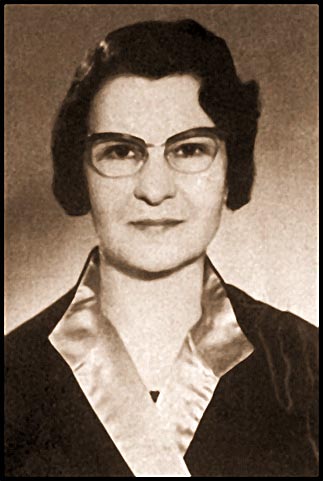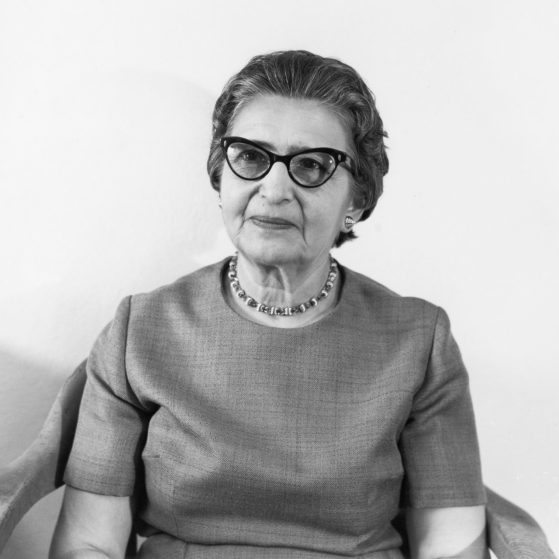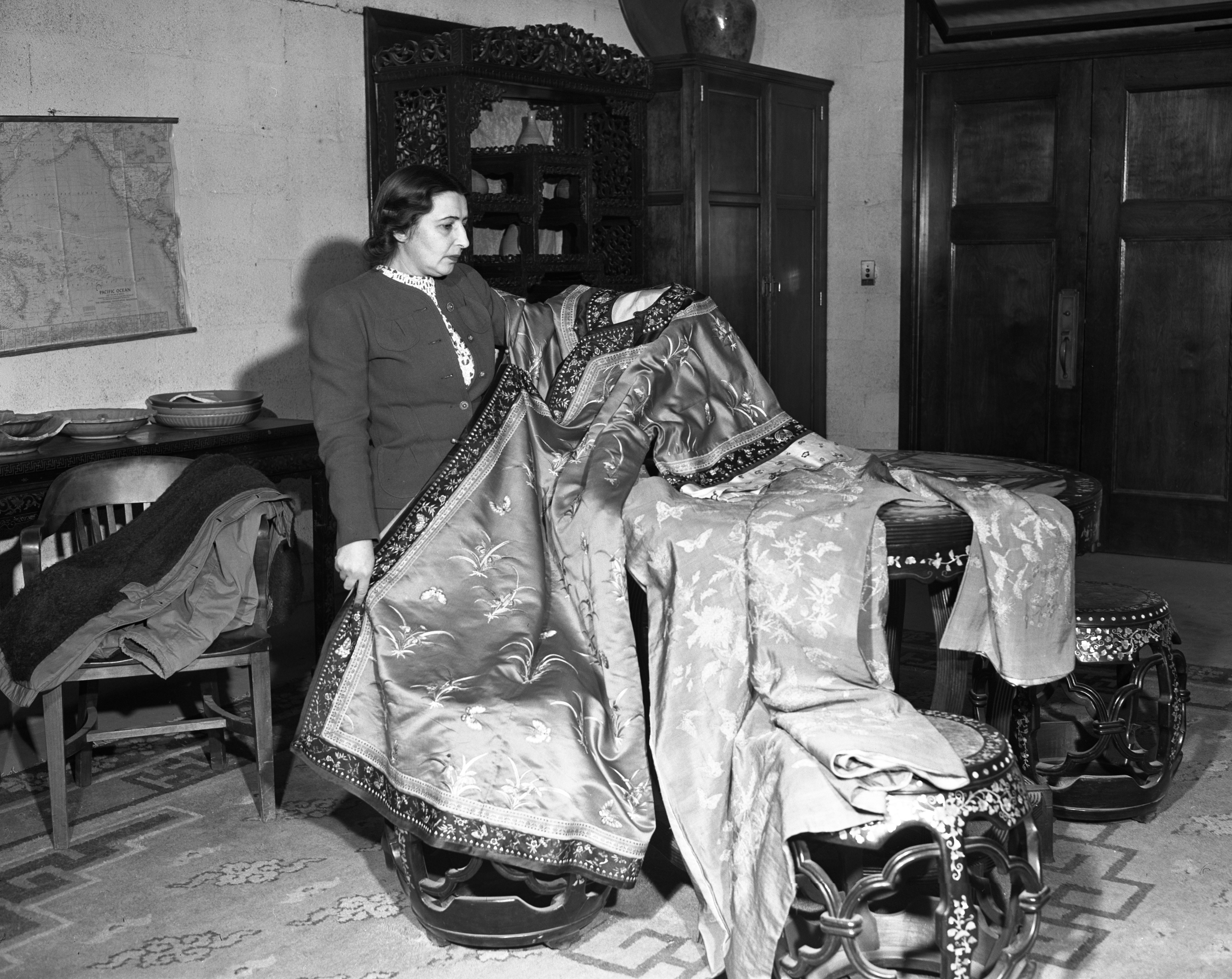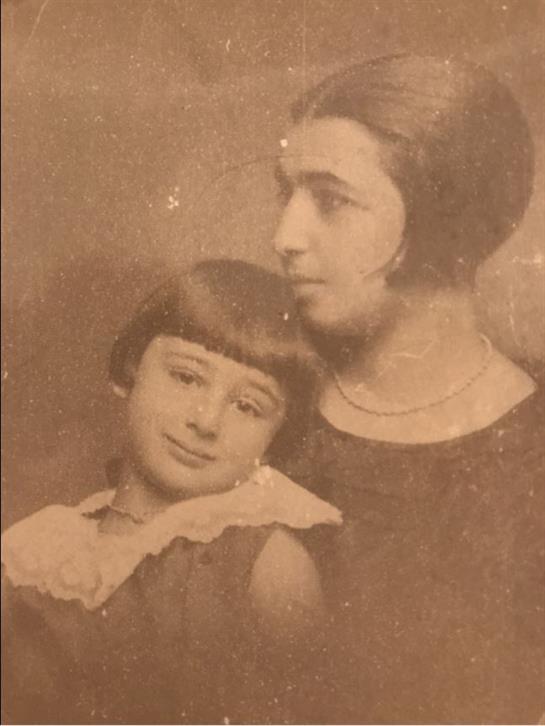October 15, 1903, Shusha, Azerbaijan. In a family of Talibkhan bek Talibkhanov (1859-1920), the descendant of the Karabakh khans and the police officer at the time of Imperial Russia and ADR, and Kheyrannisa khanum a second of four daughters Kamer will be born. Sisters will also have a brother Guseyn.
Kamer will study at one of Baku schools. Unfortunately, there is no reliable information concerning her childhood. With the establishment of Soviet power, staying in Azerbaijan becomes dangerous for the family. Uncle of our heroine, a close friend of Mammad Emin Rasulzade and Yusif Vezir Chemenzeminli, Guseyn Yanar Mirzajamalov whom many called "uncle", assists them in moving to Turkey. Guseyn bek, a teacher, poet, interpreter, and public figure, will be remembered as one of the first and prominent representatives of the Azerbaijani migration. He had neither family nor children, therefore he concentrated all his love and care on his sister’s, Kheyrannisa khanum's children.
His efforts haven't gone in vain, as three of his nieces have made a contribution to the science and culture of that time. The elder sister Suraya (1899- 1974) will become a prominent linguist, folklorist devoting scientific works and articles to the Azerbaijani language. Dilshad Talibkhan Elbrus (1915-1979) – the first female scientist of Azerbaijan in the field of nuclear physics.

Dilshad Talibkhan Elbrus
All children are fluent in foreign languages: Turkish, Russian, English, and Kamer and Dilshad also freely speak German. Nevertheless, let us return to the middle daughter Kamer.
At the time of decay of ADR Kamer is only 18 years old. Probably in Baku, she meets still not so well-known Muhammad Agayev who will be recognized sooner as Mehmet Aga-Oglu. Little later after their migration, the young couple will get married.
In 1922 young family moves to Germany, and then to Austria. They both will study in the leading schools in Europe. One year later their only daughter Gultekin will be born.
In 1927 Kamer khanum will receive doctor's degree at the University of Istanbul in the field of art history of the East. She will dedicate her life to art; furthermore, when in 1929 her husband gets an invitation to the Detroit Institute of Arts, she will move with him and their daughter across the ocean. Forever.
In the US the young family does well so far. In 1933 Mehmet Aga-Oglu, the research assistant and the professor in the field of eastern art creates the first department of history of Islamic art in America.

By the American standards, their apartment is simple, but the doors are always open to guests. Frequently Azerbaijani and Turkish youth gather at their house, sounds the music, sometimes even live, expresses thoughts about old, good times. But entirely diving into household chores and tirelessly welcoming guests is not the main goal of our heroine.
From 1937 to 1938 Kamer khanum takes a postgraduate course at the University of Michigan. Right after she gets invited to conduct scientific research in the Museum of Anthropology. World War II makes its own adjustments to usual livelihoods.
During war years she will be engaged in language training of officers of the American army: for the whole two years, she will teach them Russian.
After the war, she returns to the museum, and throughout all her career (up to 1974) she will be the only female curator there. On the official site of the museum is noted that "Kamer khanum single-handedly transformed the study of Asian ceramics". Furthermore, she teaches in her native Alma mater, having reached a professor's degree.

Kamer Aga-Oglu
Kamer khanum was the leading expert and the ceramics expert of South-Eastern Asia. The results of the excavation are always first brought to her, she is the author of more than 40 publications and several books which can still be found on the Internet. Kamer khanum has traveled around the world museums, making her contribution to studying works of material inheritance.


January 1948. Kamer khanum demonstrates two Chinese dresses included in a collection of the Chinese ceremonial attires of the Qing dynasty. The table and stools on the photo are a part of a Chinese furniture collection which was donated to the Museum of Anthropological Archaeology by the government of China after the World Exposition in New Orleans 1884
But, unfortunately, having achieved success in a scientific domain, the private life of scientists has suffered, and as a result, the family fells apart. The second spouse of Mehmet Aga-Oglu Dorotha will present all collected materials to the archive of Freer Gallery of Art. In 1959 Kamer khanum will augment the collection, by providing all manuscripts and incomplete works of her ex-husband.
The only daughter Gultekin whom everybody has called Gilly will also follow her parents' footsteps and dedicate her life to art. After mother's death, she will present all priceless materials and books belonging to Kamer khanum, to the Museum of Anthropological Archaeology. Unfortunately, Gultekin khanum died last year, in August 2018 in Ohio.

Gultekin with her mother at the end of 1920 in Vienna
Text by Arzu Jaeed











